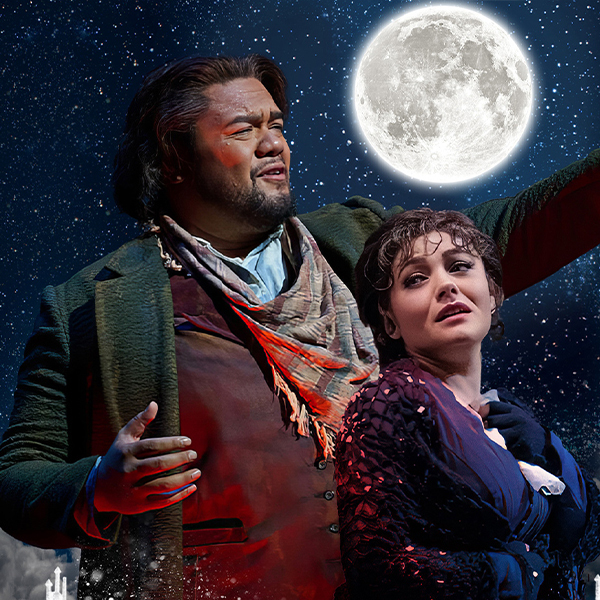August 20, 2024
Opera on Broadway: La Bohème vs. Rent
Whether you’re an opera lover or a Broadway fanatic, you’ve probably heard by now that Jonathan Larson’s 1996 musical Rent was loosely based on Puccini’s 1896 opera La Bohème. But if that’s news to you, don’t worry! Let us walk you through the similarities… (some spoilers ahead!)
Bohemia:
It’s easy to tell that the opera highlights this lifestyle, as “la bohème” literally means “Bohemia.” Of course, Rent uses a lot of the same plot points and themes as La Bohème. Both shows document the life of a group of artists struggling with poverty and disease (tuberculosis in La Bohème and HIV/AIDS in Rent); still, the characters are all able to find happiness through love, friendship, and the act of creation.
Mimì/Mimi Márquez:
This character is a seamstress in the opera and a dancer in the musical, but in both productions, she is captivatingly beautiful. She and Rodolfo/Roger fall in love at first sight, marking the beginning of a tumultuous relationship. They fight for months and end up separating, only to be brought back together by Mimi’s failing health: the only difference is that she succumbs to disease in La Bohème, while in Rent, the sound of Roger’s voice is enough to keep her alive.
Rodolfo/Roger Davis:
Changed from a poet to a musician/songwriter, this character is a romantic at heart. At the beginning of both shows, he is deeply lonely — so lonely that he sings about it — and only cheers up after meeting Mimi. He becomes jealous during their relationship due to his own need to feel loved. Roger’s romance with Mimi is downplayed slightly in Rent to make room for other storylines, but it remains an important part of the show.
Musetta/Maureen Johnson:
So fiery that she earns her own dance (“Musetta’s Waltz” and “Tango: Maureen”), this character is a source of drama in both productions. In La Bohème, she leaves Marcello for the rich and elderly Alcindoro. In Rent, she leaves Mark for Joanne, all while planning a protest against technological developments in her neighborhood. The big difference here is that she doesn’t end up with Mark in Rent; instead, she stays with her new girlfriend and cements her place as one of the best-known bisexual characters in pop culture.
Marcello/Mark Cohen:
In La bohème, Marcello spends the majority of the show pining after Musetta. But in Rent, Mark focuses all of his energy on his documentary. By filming intimate moments between his friends, he becomes the face of the Bohemian movement and the star of the show.
Colline/Tom Collins and Schaunard/Angel Dumott Schunard:
These two are relatively minor characters in La Bohème, but Rent gives them a storyline of their own. Transformed from philosopher and musician to philosophy professor and percussionist/drag queen, respectively, Collins and Angel meet by chance at the beginning of the musical. They are romantically involved until Angel’s tragic death. Rather than staying in the backseat like their opera counterparts, Collins and Angel use the spotlight to send a message about HIV/AIDS and the lives of gay men in New York City.
There are countless other similarities between these works, from scripts and screenplays tossed into the fireplace to “light my candle,” the ultimate pick-up line. Don’t miss your chance to spot even more similarities when La Bohème opens on March 15.

